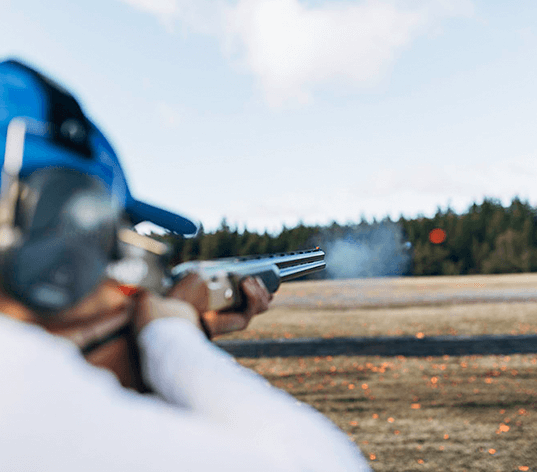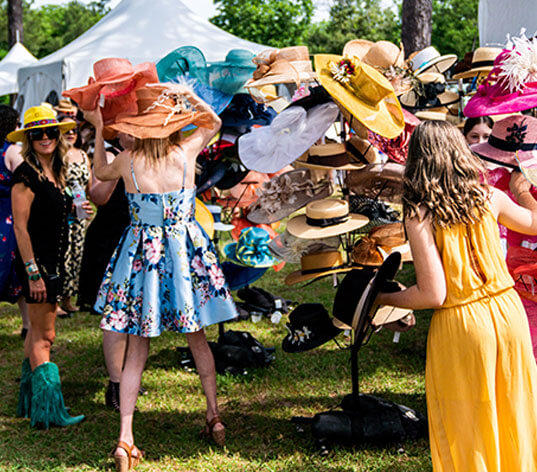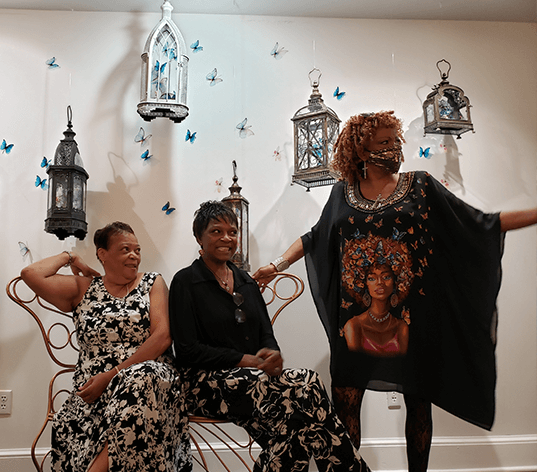Experience Camden
Where History, Horses and Hospitality Come Alive
Revolutionary. Cultured. Playful.
Free Yourself in Camden
Unique experiences abound in South Carolina’s home for history, horses, hospitality and more. Camden offers a rare blend of rich revolutionary war history, a thriving horse culture, a dynamic arts & entertainment scene and a surprising array of outdoor amenities. A trip to Camden offers you the freedom to define your own uniquely Camden experience.
What to do
The Freedom to Explore
Plan a trip to Camden & Kershaw County for easy access to Horse Country, history, arts, outdoor activities, antiques, and great food. Custom itineraries and signature events.
Experiences and memories to fill your weekend (and your soul) These are the top Camden experiences visitors keep coming back for. Explore Experiences →
Camden’s top attractions cover horses, historic sites and good old fashioned fun on the water. Visit these iconic Camden attractions on your next visit.
Gathering and celebrating is in our blood. Plan a trip around some of Camden’s most iconic and popular events today.
Curated
Itineraries
Ready to launch your next getaway? We've collaborated with some notable locals to create compelling and easy to access itineraries just for you. Their stories, your freedom to explore - get ready for history, horses, hospitality and more with your own unique Camden experience.
Events & Happenings
Camden offers myriad ways to enjoy our city’s rich hospitality with a full calendar of arts, culture, outdoors, equine, history and related events. Find your “thing” in Camden, SC. All Events →







